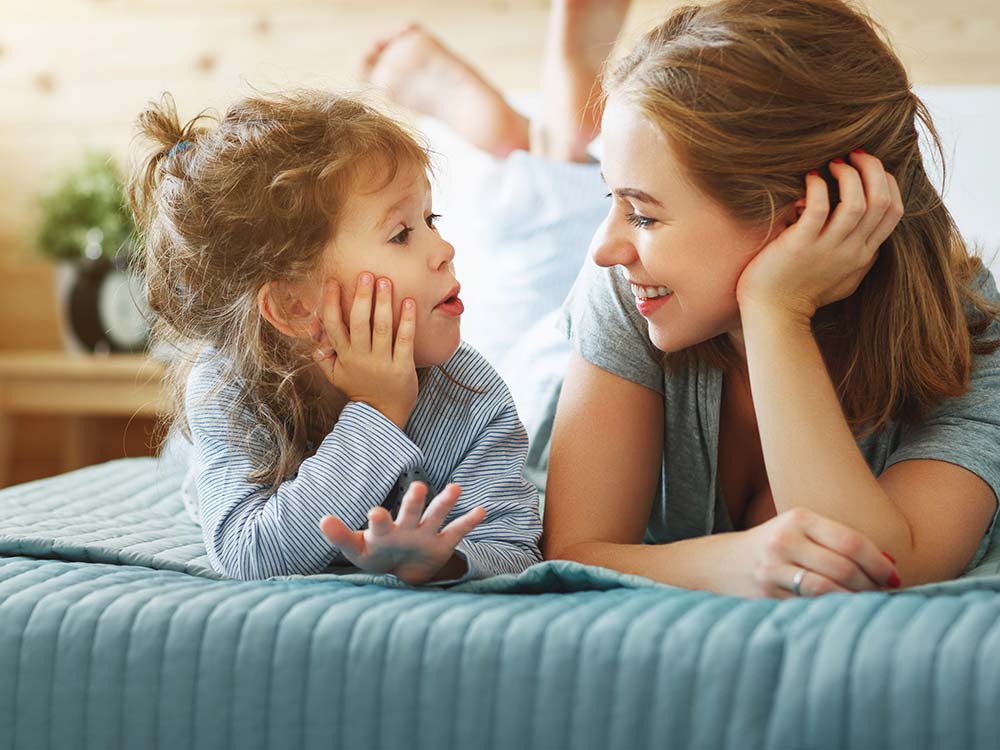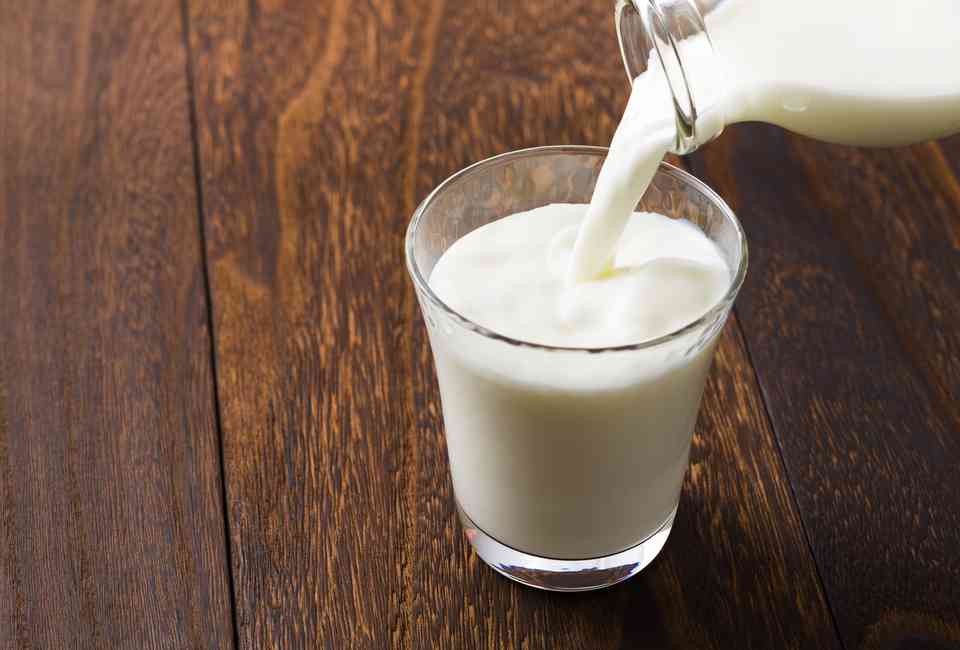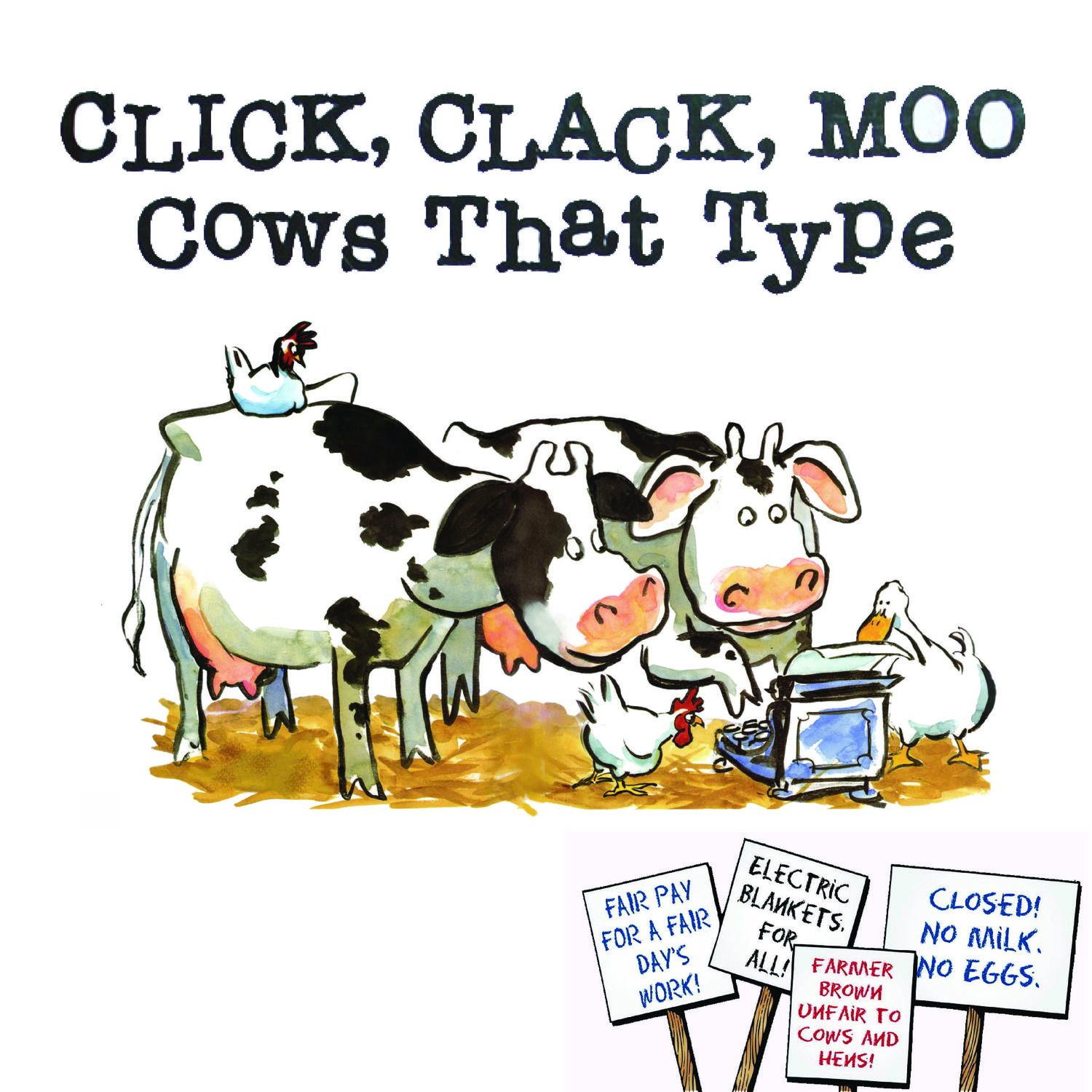 Do you ever wonder why I keep writing at the end of activities to have your child retell the information or explain it to someone else?
Do you ever wonder why I keep writing at the end of activities to have your child retell the information or explain it to someone else?When you are able to teach or explain something successfully to someone else, it means you've really grasped the subject.
By having your child do this, it really reinforces what they've learned.
Link to Preschool Private Page CLICK HERE
2s: Shaggy Sheep
 1. Listen to the read-aloud, nonfiction book about sheep: Sheep by Quinn M. Arnold
1. Listen to the read-aloud, nonfiction book about sheep: Sheep by Quinn M. ArnoldHave you ever seen any real sheep? Where did you see them? What color were they? Did you touch it?
2. Let's make a sheep!
 |
| Surely, this sheep, Chris, needs a shave |
Have your child put the eyes on the 'head'.
Turn the plate over to the back and glue the legs to the edge of the plate, on one side. Have your child turn the plate over and put glue all over the plate then stick on the cotton balls.
Turn the 'head' over and put a good amount of glue on the back. Place the head in the center of the sheep's plate body and give it a good pat so that it sticks to the 'wool'.
3. Animal Shadows
From our website, print out the Animal Shadows page.

Look at the pictures with your child. Have your child name the animals. Can they make the sound that the animals make?
Point out the shadows to your child. A shadow is what we see when the light is behind an object. If you have a flashlight handy, use this to show them their own shadow!
Point to each shadow and see if your child knows which animal it belongs to. If they are able, have them draw a line between the two pictures.
3s: Cows
 Right about now, we would have been going to the Smith's dairy farm in New Windsor. They have over 500 head of cattle! That is a lot of milking to be done!
Right about now, we would have been going to the Smith's dairy farm in New Windsor. They have over 500 head of cattle! That is a lot of milking to be done!1. You can share this video with your child of two boys going to visit a dairy farm. It's much like the trip we would have had. Where Does Milk Come From?
2. Cow Puppet

In your bag of supplies is a white paper bag, a cut-out of a cow head, some sticker eyes and a tongue. You'll need glue and some black or brown paint or markers.
Have your child decorate the bag to look like cow spots. You can draw spots and have them color the areas in or if you have paint, have them paint spots on the bag.
Have your child stick the eyes on the cow's face and then put the tongue near the cow's mouth.
Have the bag's bottom facing you, with the opening nearest you. Have your child glue the cow head onto the bag's bottom rectangle.
When it dries, show your child how they can put their hand in the bag to make a puppet!
3. Farm Scene
In your child's bag is a sticker scene that they can create.
Look at the sticker sheet with your child and have them identify the animals and objects from the farm.
Let them create their own farm scene with the stickers.

It's a lot of stickers, you may need more than one sheet of paper.
Yes, cows may live on the roof of the barn and horses in the clouds. It's their creation.
4. Just for Fun
Click, Clack, Moo - Cows That Type
Who doesn't love this book? Click, Clack, Moo: Cows That Type
4s: Letter Z and Typing Cows
 1. Letter Z Card
1. Letter Z CardLet's work on our fine motor skills. You'll need the Letter Z Card printed from our website, something to write with and a hole punch.
Look at the letter Z card. It has upper- and lowercase letter Zs around the edge of the page. They both look the same except for the size. You can color the zebra in the center of the page.
Use a pencil, crayon or marker to circle all of the Zs. Now use the hole punch to punch out all the Zs.
2. Story Time
Do you have the book Click, Clack, Moo - Cows That Type by Doreen Cronin?
If you do, read it with your child. If you do not, you can watch the story being read here: Click, Clack, Moo: Cows That Type
3. Comprehension

From our website, print out the Click, Clack, Moo Story Comprehension page.
Remind your child that in early March, we talked about the parts of a story. These included the author, illustrator, setting, characters, and plot (beginning, middle and end).
Before you ask the question, go over all the answer options. What are the possible answers available? What do they think the question might be? (Like Jeopardy)
Read the question and have them recall the story then circle the correct answer. Have them explain how they know that is the correct answer.
 4. Patterns
4. PatternsFrom the website, print out the Click, Clack, Moo Patterns page.
We find it works best when trying to figure out a pattern to say it out loud.
Have your child cut out the pictures at the bottom of the page. Not all the pictures will be used.
Have your child say each pattern and determine what the missing piece may be. Glue the missing piece in the correct spot. Say the pattern again to make sure you are correct.
No comments:
Post a Comment